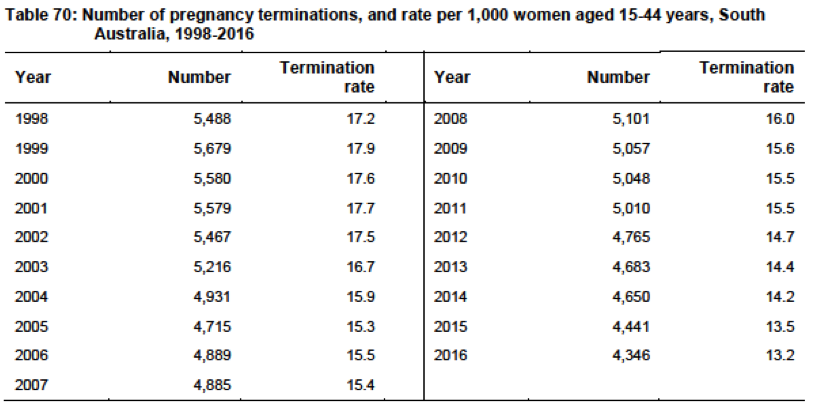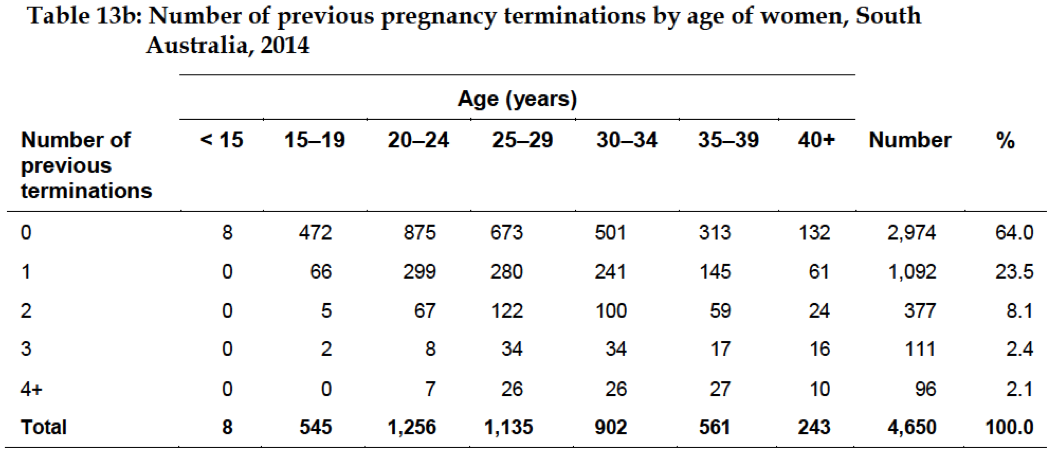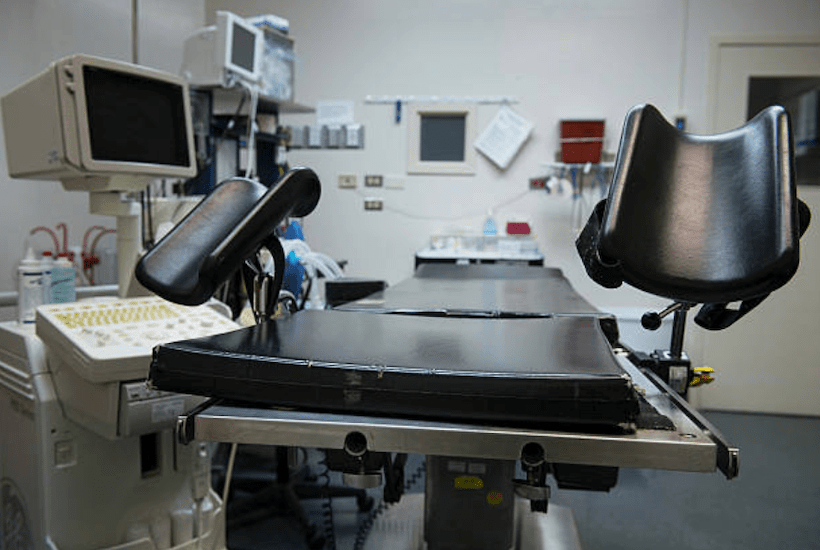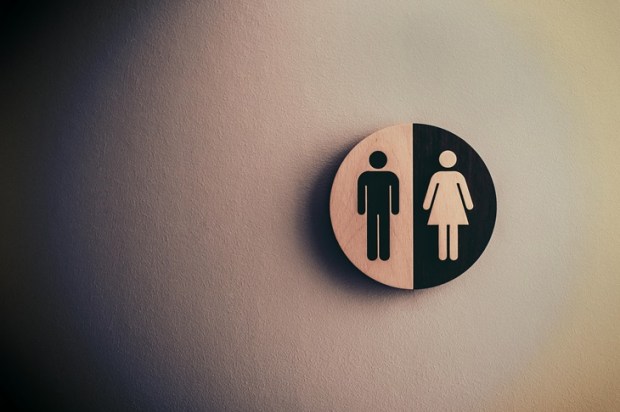I recently went to see my local member — who also happens to be the NSW Opposition Leader, Jodi McKay — about the now notorious ‘Reproductive Rights Bill’ which she had so jubilantly spoken in favour of in the Lower House. She very kindly gave me a copy of her speech in which she made the oft-repeated assertion:
Between 20 and 25 per cent of women in Australia will have an abortion in their lifetime.
Seeing that Ms McKay is a former lobbyist for Family Planning NSW—and is still the ‘phone voice’ you hear when you call, or so the story says—I initially took the accuracy of her statement at face value. But then I thought, “How does she know?” Because this crucial piece of statistical information formed the basis of her argument that abortion should be decriminalised in that it made it ‘normal’.
So I started to do some digging — and this is what I found. According to a research brief produced by the Federal Parliamentary Library:
South Australia is the only Australian jurisdiction which collects and routinely publishes comprehensive data on abortions. Other states and territories may collect data on abortions (for example, the Northern Territory and Western Australia collect data on abortions performed within their jurisdictions) but do not publish these statistics…
The South Australia data is sometimes used to calculate estimates of national abortion rates. For example, in 2002 there were 5417 abortions notified in South Australia, which equals approximately 17.2 pregnancy terminations for every 1000 aged between 15 and 44 years. If this rate were replicated in the total Australian population of women aged 15-44 years (the so-called ‘fertile age range’) for the same time period, there would have been approximately 73 300 abortions in Australia in 2002.
All which leads to the report concluding (emphasis included):
In providing an overview of the data on abortion in Australia which is currently available, this Research Brief has demonstrated how vexed this question is. Each of the three major publicly available data sources on abortion—Medicare data, hospital data and South Australian data—can be used to estimate, in fairly crude terms, the incidence of abortion. However, none of these, either singularly or in combination, can be used to quantify accurately the number of abortions which take place in Australia each year.
The Parliamentary Library is not alone.
Even, amazingly, the ABC has acknowledged that “The rate of abortion in Australia is lower than you think”. This is because the estimate of there being 80,000 abortions each year was based on figures from 2003 which “suggested a rate of 19.7 abortions for every 1,000 women of childbearing age.” However, the rate of women seeking an abortion has been dramatically falling since that time:

This led the ABC researchers to conclude:
The last time the Australian Institute of Health and Welfare waded through the complex world of medical statistics to estimate the number of abortions in Australia was in 2005 using 2003 figures.
An ABC analysis of updated versions of the same figures that fed some of the 2005 AIHW report suggests the rate has come down significantly since the 2005 report.
For example the Medicare Benefits Schedule item most commonly used for abortions has dropped from 72,967 to 47,683 between 2003 and 2016.
So, the more realistic figure is not 80,000 but 47,683. For, going off the data we have coming out of South Australia, the number of women having an abortion is 19.7 per 1000 women, but 13.2. And even that is based on information from three years ago in 2016. It all likelihood it is now even less. All of which means that the actual figure is nowhere near the magical 20-25 per cent figure indicated by McKay.
What’s more, these statistics don’t take into consideration the total number of women who will go on to have more than one abortion over the rest of their lives. For instance, in 2014, there were 1676 repeat abortions out of a total of 4650, or 36.1 per cent, of all terminations. Put differently, 1 in 3 women who have an abortion will at some point in their lives go on to have at least a subsequent termination:

Once again, how can McKay and others suggest that 20-25 per cent of Australian women will have an abortion throughout their lifetime? Especially when only approximately 1.4 per cent of women have an abortion each year and 63.9 per cent of women are only accessing the service for the very first time? The statistical information needed to make such an assertion is not only unavailable, but the data which we do have tells a completely different story.
Why this is so important is because democratic systems of government are predicated on representing fairly the interests of its citizens. As Larry Kramer, the cofounder of the pro-gay group ACT UP was reported in Time as having said regarding the grossly inflated statistic that ten per cent of men were homosexual:
The 10 per cent figure became part of our vocabulary… Democracy is all about proving you have the numbers. The more numbers you can prove you have, the more likely you’ll get your due.
There was, of course, only one problem. As the article in Time magazine, “The shrinking ten per cent” went on to show, surveys were showing that the actual figure for male homosexuality is not 10 per cent, but one per cent of the population. But this is precisely the same approach—and ultimately, falsehood—which is being currently propagated by the leader of the NSW Labor Party, in framing the current debate around the decriminalisation of abortion. Because the statistical reality is that there is nowhere near 20-25 per cent of the female population who will have an abortion throughout their lifetime. In all likelihood, it’s probably only a fraction of that figure.
When it comes to shaping public policy, it is crucial that our elected officials are accurate with the information they relay. Especially when the consequences of decriminalising a particular practice are so serious and far-reaching.
It is a very serious breach of trust for any public figure to seek to “normalise” the practice of abortion by using inflated statistics to support his or her cause. The people of NSW deserve better.
Mark Powell is the Associate Pastor of Cornerstone Presbyterian Church, Strathfield.
Got something to add? Join the discussion and comment below.
Got something to add? Join the discussion and comment below.
Get 10 issues for just $10
Subscribe to The Spectator Australia today for the next 10 magazine issues, plus full online access, for just $10.


























Comments
Don't miss out
Join the conversation with other Spectator Australia readers. Subscribe to leave a comment.
SUBSCRIBEAlready a subscriber? Log in